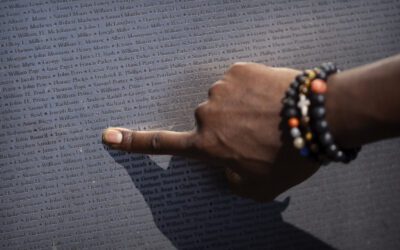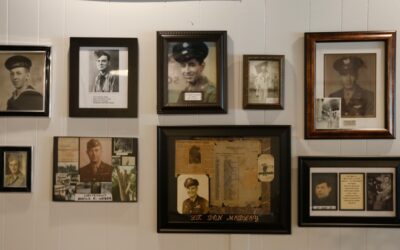
Contributed photo by Lydia Moland
By Lydia Moland
In late 1859, Virginia weighed heavily on Lydia Maria Child’s mind. In this she was not alone. In October of that year, John Brown and a multiracial group of abolitionists had launched an insurrection against slavery by taking control of a federal armory in Harpers Ferry and distributing weapons to enslaved Virginians. The insurrection failed, but not before several white Virginians were killed. Americans everywhere, both Black and white, understood that the national debate about slavery had reached a moment of crisis. But for Child, the moment was also personal. On this anniversary of John Brown’s raid (Oct. 16-18), her story should give us pause as we think about the role of violence in slavery’s end, and about our ongoing pursuit of the racial justice Brown and his men gave their lives to promote.
When Brown launched his raid, Child was 57 years old. She had been fighting to eradicate slavery for almost three decades. She had been a celebrated Boston author, famous already in her twenties for enticing novels and plucky self-help books. But in 1830, she shocked her readers by embracing abolitionism. This was the claim—still radical also in the North—that slavery should end immediately and without compensation to enslavers. For this belief, Boston society ostracized her. “Mrs. Child,” the Woman’s Journal reported, went from being “almost at the head of journalism at the time” to being “assailed opprobriously and treated derisively.” Women, she was warned, had “better let politics alone.”
Initially, Child and her fellow abolitionists believed that once slavery’s evil was pointed out to them, Northerners would demand its eradication. By the 1840s, it was clear that their faith had been misguided. Still, Child tried everything. She gathered reports from the South and crafted them into searing arguments to change white people’s minds. She wrote fiction to sway their hearts. She argued, she cajoled, she pleaded, she raged.
Throughout it all, she refused to condone violence, even in the cause of ending slavery. Real racial justice would only happen if white Americans changed their hearts and renounced their prejudice. “We made slavery, and slavery makes the prejudice,” she warned her readers. “The removal of this prejudice,” she continued, “is a matter of duty.” Her efforts were not just literary. In one particularly ill-fated episode, she and her husband moved to Northampton, Massachusetts, to grow sugar beets, hoping to undermine the economic power of the sugar cane grown by enslaved labor. They went bankrupt instead.
Years of poverty and struggle followed. Finally, Child burnt out. Infighting among abolitionists left her depleted and distressed, alienated from allies and estranged from her husband. She left the abolitionist movement to pursue slavery’s end in other ways. She returned to fiction; she assisted enslaved people who had fled to the North and then told their stories. But mostly she stayed quiet. Her conscience nagged her. What had happened to her youthful enthusiasm and moral vision? How could she have abandoned the movement that had fired her soul and shaped her life?
John Brown’s raid shook her out of her lethargy. Although she disapproved of his violence, Child was electrified by Brown’s example and determined to help. She settled on a plan. Brown was now awaiting trial in a Virginia prison. Perhaps she could nurse him. Now that he had the country’s attention, perhaps she could help spread his message. She wrote to Virginia governor Henry Wise and offered to come from Massachusetts to care for Brown in his prison cell.
A lifelong abolitionist requesting permission to nurse someone who had killed several of his constituents: it was an audacious request. Governor Wise was determined to put Child in her place. So after assuring her that she was welcome in Virginia, he blamed her and her fellow abolitionists for Brown’s raid. Brown’s violence was “a natural consequence of your sympathy,” Wise wrote to Child, “and the errors of that sympathy ought to make you doubt its virtue.” Then, without her permission, Wise sent Child’s letter, together with his reply, to the press.
Child quickly saw Wise’s breach of confidentiality as an opportunity. He had contacts in the press; so did she. She published a biting response to Wise’s condescension, accusing the governor of murder, theft, and treason all in the name of protecting slavery. When Maria Mason, a Virginia native and great-granddaughter of Thomas Jefferson himself, published an infuriated attack on Child’s character in response, Child honed her 25 years of anti-slavery work into a scathing eleven-page reply that galvanized abolitionists from Minnesota to Maine. The American Anti-Slavery Society published the collected exchange as a tract. It sold 300,000 copies. “Before this affair,” she wrote, “I thought I was getting old and drowsy; but now I am strong as an eagle.”
Child’s attention was now firmly fixed on Virginia. She was sure that a window of opportunity had opened. Brown’s raid had made it clear how quickly slavery could turn deadly, not just for the enslaved but for enslavers. Perhaps fear would motivate change. Somehow she obtained the addresses of a thousand Virginian slaveholders. She gathered copies of her antislavery publications and mailed them to each one. Most, she knew, would be thrown away unread. But some of the feedback she got was positive. “There is a great work going on, and your Tract exactly meets the wants of our time,” one reader wrote. “Emancipation will take place in Virginia sooner than anybody out of the State supposes,” he continued. “Pray send in your Tracts.”
Here, too, Child’s hopes were badly disappointed. Instead of abolishing slavery, Virginians joined the Confederacy in April 1861. The war Child had long dreaded began. Her predictive powers were more accurate when it came to the war’s consequences. She had always feared that if slavery were eradicated through violence, the racial hatred it had produced would reappear in another form. The long history of racial prejudice—from the Ku Klux Klan to Jim Crow laws to redlining and police brutality—suggests that she was right. Violence may not be the answer, but until white Americans honestly confront slavery and the prejudice it produced, we should not be surprised that it haunts us still.
Author’s Bio: Lydia Moland teaches philosophy at Colby College. She is the author of Lydia Maria Child: A Radical American Life (2022).
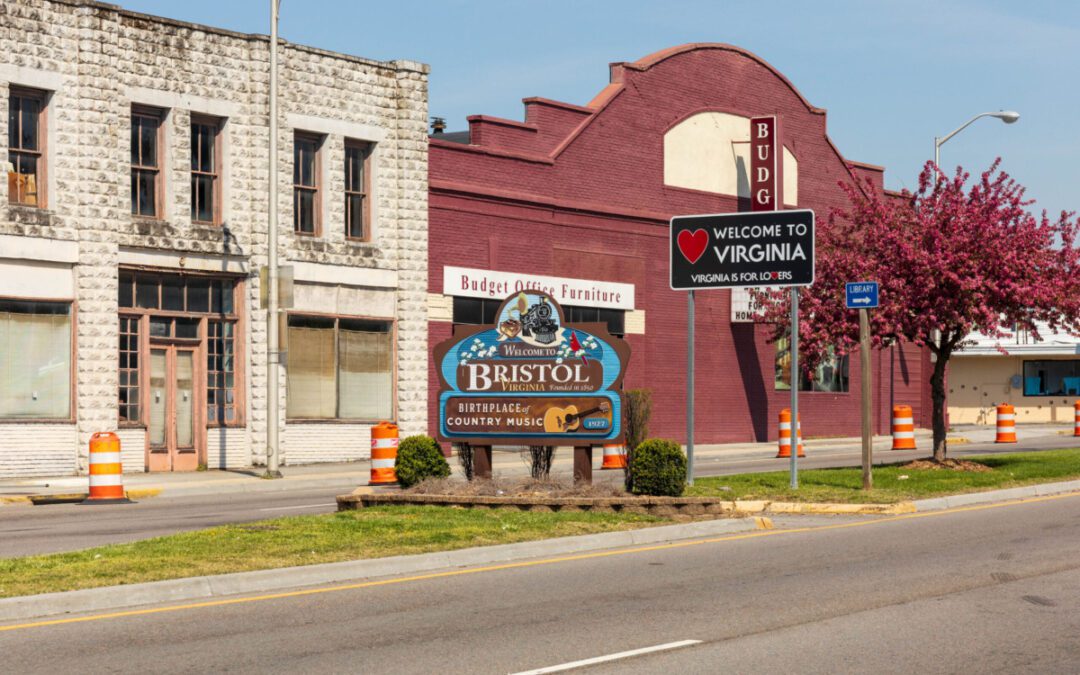
Southwest Virginia’s surprising country music history
Country music has deep roots in Southwest Virginia. Here’s what you need to know about its history. When most people think of country music, they...
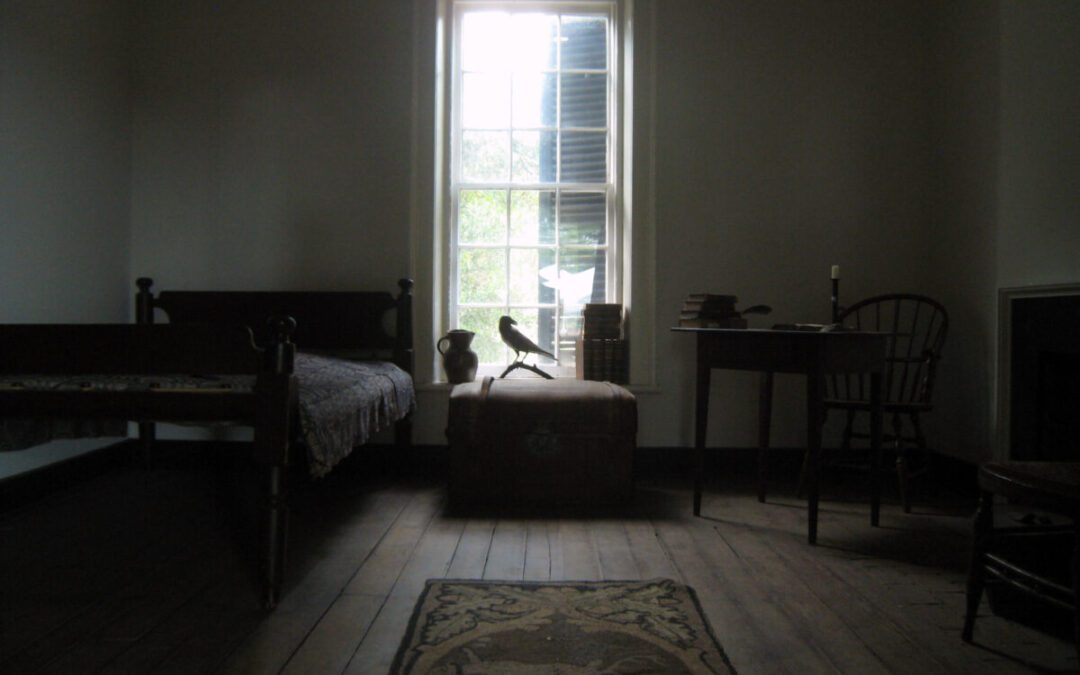
6 creepy facts about Virginia that textbooks leave out
Most textbooks recap specific, traditional details. Here are six creepy facts about Virginia you might not know. I’ve always been drawn to the...
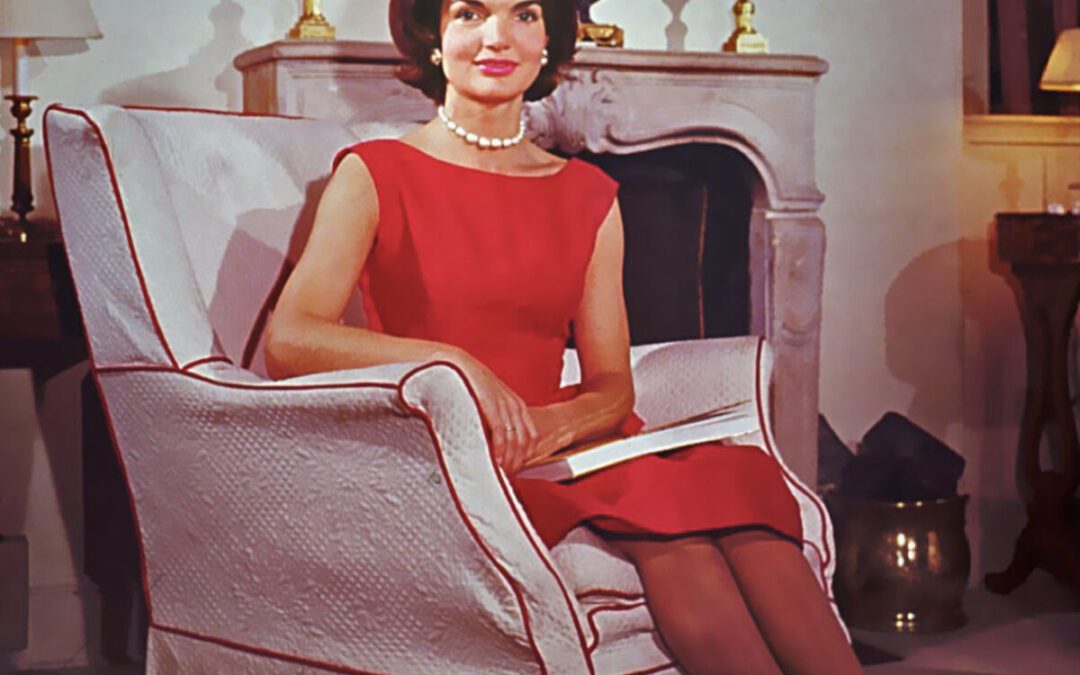
11 famous people who are buried in Virginia
The number of famous people buried in Virginia is higher than you might think. Here are 11 names you’re sure to recognize. When it comes to where...
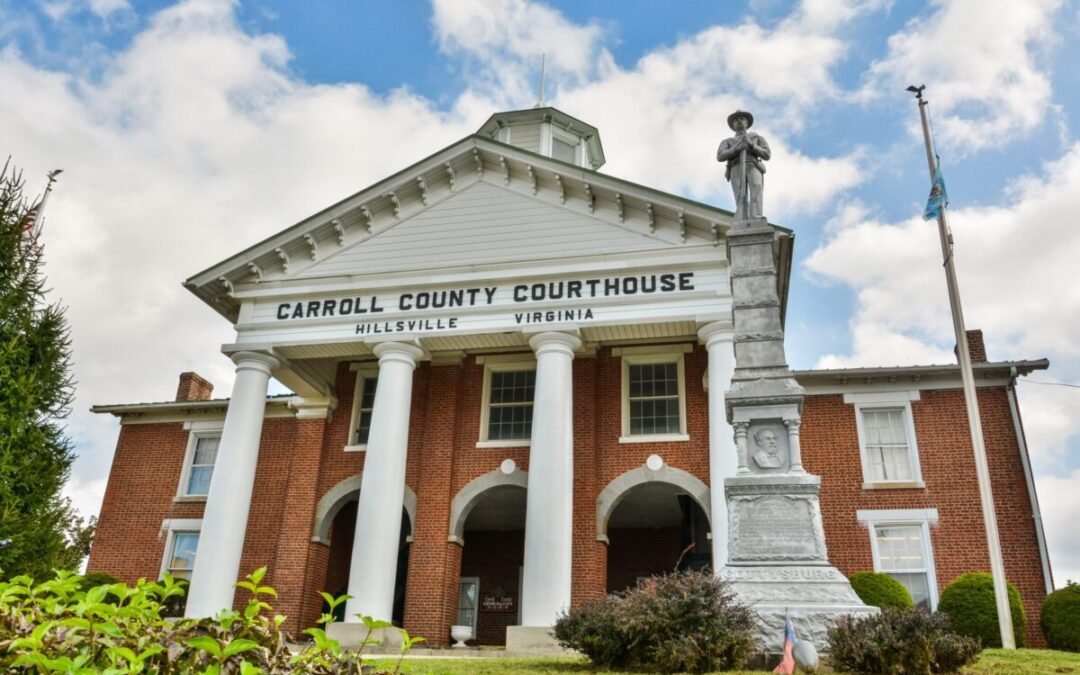
The Hillsville Massacre: How a stolen kiss led to 5 deaths & a century of unanswered questions
The Hillsville Massacre of 1912 is one of Virginia’s strangest historical cases. Here’s everything you need to know about the Carroll County...

5 Virginia startups that competed on ‘Shark Tank’
From sweet potato pies to plant-based Mediterranean food, discover what these Virginia companies that competed on “Shark Tank” are cooking up. From...

Yes, Virginia actually has volcanoes. Here’s what to know
Here’s the surprising history of Virginia’s volcanic past, including Mole Hill and Trimble Knob. When most people think of Virginia, volcanoes don’t...


